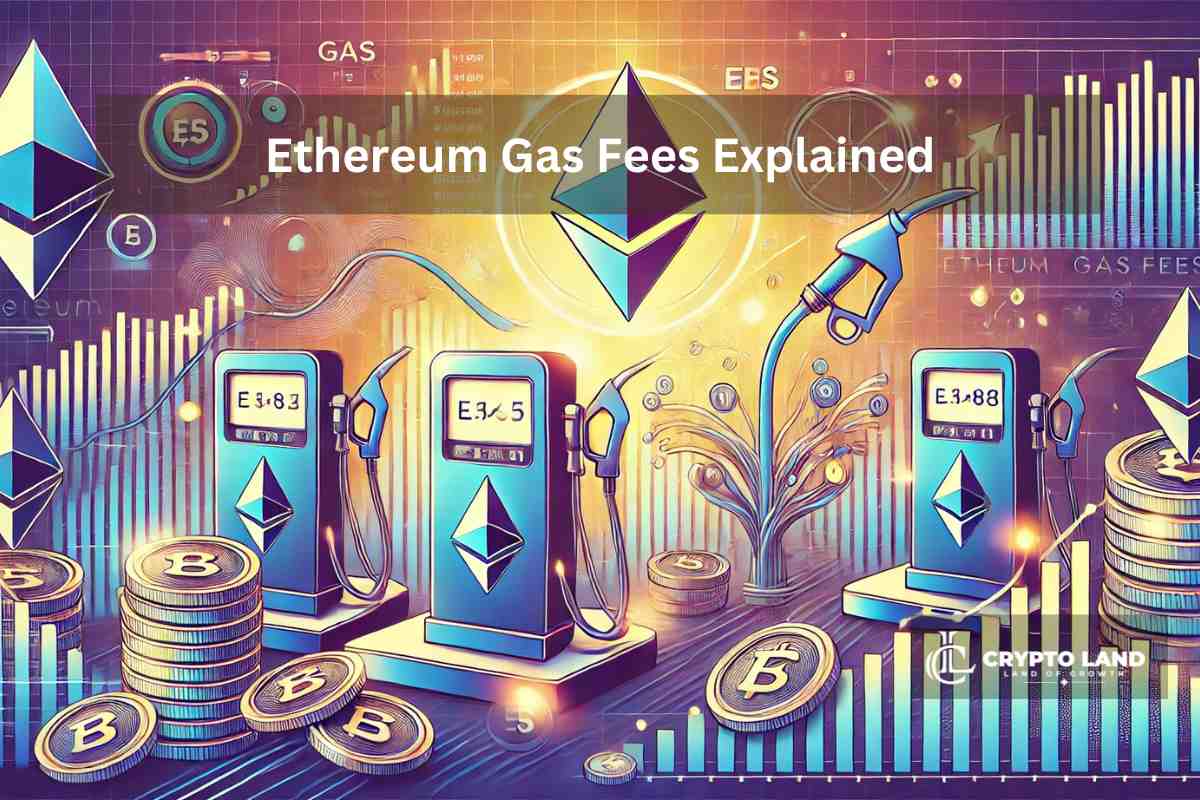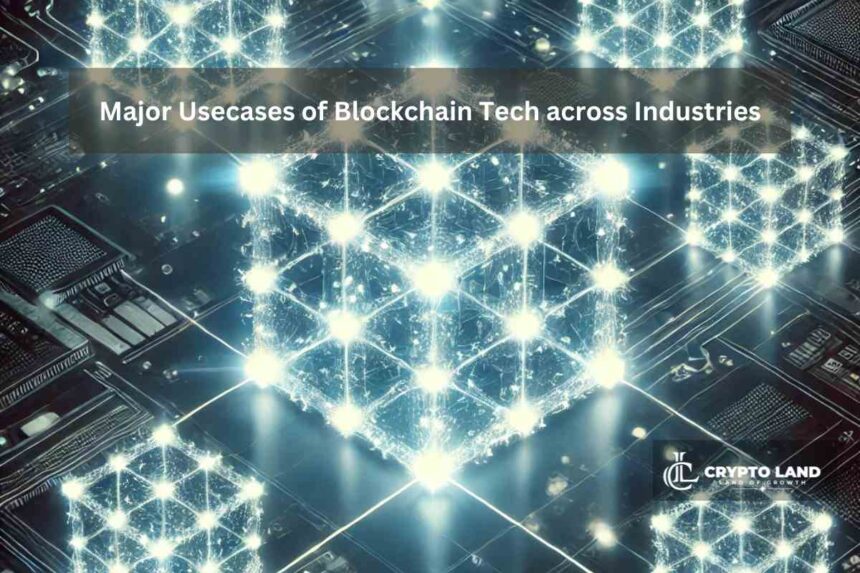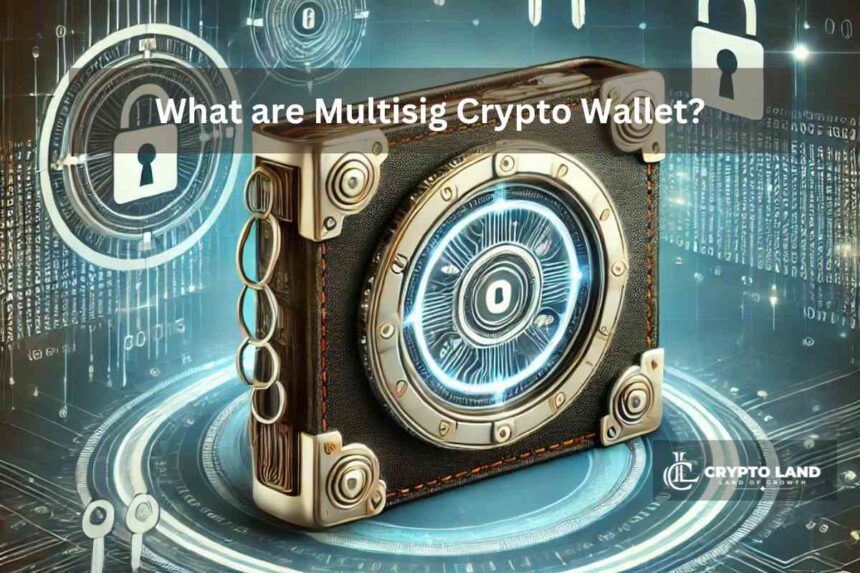Key Insights
- Gas fees are the costs associated with using the network—a lot like the fees for gas (or petrol) that run a car or a generator.
- Gas fees are calculated using a simple formula: Gas Fee = Gas Used × Gas Price
- The more congested the network is, the higher the gas fees that users have to pay
- Gas price monitoring, transacting during off-peak hours, and tipping are just some of the ways to avoid paying heavy gas fees.
If you’ve ever interacted with the Ethereum network, whether as a user or a developer, you’ve likely come across gas fees.
Think of these fees as the costs associated with using the network—a lot like the fees for gas (or petrol) that run a car or a generator.
Whether you’re sending Ethereum or swapping tokens, these fees are an unavoidable part of the network.
As such, understanding what they are and how they affect your experience on the Ethereum network is very important.
What Is Gas in Ethereum?
As mentioned earlier, gas is the cost of transacting on the Ethereum network.
It is a lot like a unit that measures how much computational work is required to execute a transaction (or a smart contract).
This fee isn’t the same as the ETH being sent from one point to another. However, it is paid using the cryptocurrency.
It is very similar to regular fuel for a car, in that the further you intend to travel, the more gas you need.
Put simply, the more complex your task is on the Ethereum network, the more gas it consumes.
So How Are Gas Fees Calculated?
Gas fees are calculated using a simple formula:
Gas Fee = Gas Used × Gas Price
Think of “Gas used” as the actual amount of gas required to process a transaction. Smaller transactions (like sending ETH) require less gas, while complex smart contract interactions consume more.
“Gas Price” on the other hand, is the cost per unit of gas. This unit is measured in Gwei (where 1 Gwei = 0.000000001 ETH).
Users simply set the price, and higher prices result in faster processing times.
Why Do Gas Fees Fluctuate?
As an Ethereum user, you might have noticed that gas fees tend to fluctuate.
This is true because Ethereum gas fees are not fixed. Instead, they fluctuate based on network demand.
In essence, the more congested the network is, the higher the gas fees that users have to pay.
For example, when there is high activity from popular Dapps, NFT mints, or token sales, these can clog up the network and drive up gas fees.
Another issue is market volatility, where gas fees tend to skyrocket when crypto prices experience rapid changes.
Finally, another factor that affects Ethereum’s gas fees includes the block limit of the network itself.
Blocks on the Ethereum network have a limited size. This means that if blocks fill up too quickly, gas prices can rise due to the increased competition.

How EIP-1559 Changed Gas Fees?
There have been several measures to combat the issue of rapidly fluctuating gas prices over the years.
One of these is the introduction of the Ethereum Improvement Proposal (EIP-1559) in August 2021, which changed how gas fees are determined.
Before this proposal was introduced, users bid for block space, which led to unpredictable (and sometimes over-the-top) gas prices.
The EIP-1559 introduced the concept of Base Fees.
Think of Base Fees as a minimum fee that is adjusted based on network congestion.
Another mechanism that the EIP-1559 introduced was the Priority Fees (also known as tips).
Tips are extra fees that users pay to incentivize miners (or validators after the 2022 Merge) to process their transaction faster.
This system introduced by the EIP-1559 improved predictability for the network and reduced extreme spikes in gas costs.
How to Reduce Ethereum Gas Fees?
Gas fees can be hard to maintain and even harder to pay sometimes. However, several strategies can help to bring these prices down.
Some of these include:
1. Gas Price Monitoring
To monitor gas prices, you can use gas trackers like Etherscan or GasNow to check real-time gas prices. This allows you to time your transactions and only send funds during times when fees are at their lowest.
2. Transacting During Off-Peak Hours
Ethereum network activity can change rapidly throughout the day. Typically, gas fees tend to be lower during weekends and early morning hours (UTC time). Being aware of these differences can make all the difference when it comes to predicting gas and transacting accordingly.
3. Using Layer-2 Solutions
Layer-2 networks like Polygon, Arbitrum, and Optimism process transactions off the main Ethereum chain. This makes them great for avoiding high fees. Even better, they offer faster speeds compared to the mainnet.
4. Batching Transactions
When cases of multiple transactions arise, you can simply bundle them together and send them as a whole to reduce overall costs.
5. Using Gas Tokens
Some gas tokens like Chi or GST2 allow users to store their gas when prices are low and use it when high.
This can be a great way to avoid these problems and transact more smoothly on the Ethereum network.
6. Adjust Gas Limits and Fees Manually
Finally, many wallets allow users to set gas limits and fees manually. By choosing a manual gas price, you as a user can balance cost and speed effectively.
The Future of Ethereum Gas Fees
Overall, Ethereum developers continue to work on solutions to reduce gas fees and improve scalability.
Ethereum’s transition to a proof-of-stake consensus mechanism, for example, was a major milestone that allowed the network to reduce its energy consumption and become more scalable.
Sharding is also being actively looked into by the Ethereum network.
Sharding is a process of breaking up the mainnet into smaller chains to increase its capacity and reduce its congestion.
Finally, more layer-2 projects are emerging to provide users with more alternatives for the high fees on the mainnet.







